¥1000 : is blue in color. One side has Noguchi Hideyo (野口 英世). He’s also Noguchi Seisaku (野口清作). He suffered a burn injury in his childhood, that impacted his decision to become a doctor. Unfortunately, the injury deformed his hand and he was unable to get employment in Japan. He moved to America and did research on the causes of syphilis. He never won the Nobel Prize, but it turns out that he was crucial to figuring out the disease. The other side contains an image of Fuji san (富士山) or Mt. Fuji and sakura (さくら) or cherry blossoms.
¥2000 : Is green in color and has shureimon (守礼門) on one side. Shureimon (守礼門) is the name of one of the gates of Shurijoo (首里城) or Shuri Castle. Shuri Castle is one of the famous castles in Japan. The other side of the banknote has a portrait of Murasaki Shikibu (紫式部). Murasaki Shikibu (紫式部) is the author of Genji Monogatari (源氏物語) or the Tale of Genji.
¥5000 : is purple and contains a portrait of Higuchi Ichiyoo (樋口 一葉), also known as Higuchi Natsuko (樋口 夏子). She is considered one of the most prominent female writers in Japan. Her most famous works are Takekurabe (たけくらべ) and Nigorie (にごりえ). She initially wrote to support her family. Little did she know her work would become famous. The other side contains a painting done by Ogata Koorin (尾形 光琳).
¥10000 : contains a portrait of Fukuzawa Yukichi (福澤 諭吉). Fukuzawa is considered one of the founders of modern Japan. He was a progressive, meaning he supported Japan’s modernization. His lasting contribution to Japanese society came in the form of a newspaper called Jiji Shinpo (時事新報) or Current Events. His newspaper helped the Japanese people gradually embrace change.
Friday, June 19, 2009
Subscribe to:
Post Comments (Atom)

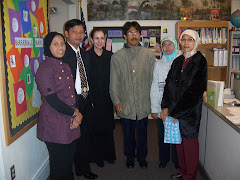

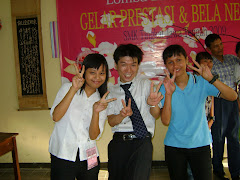
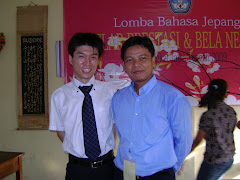
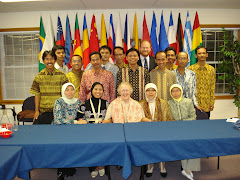

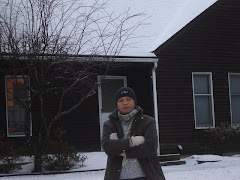
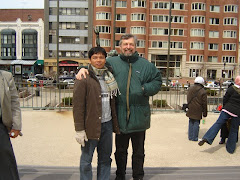
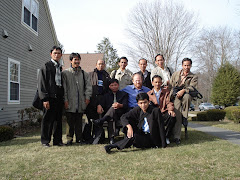




No comments:
Post a Comment